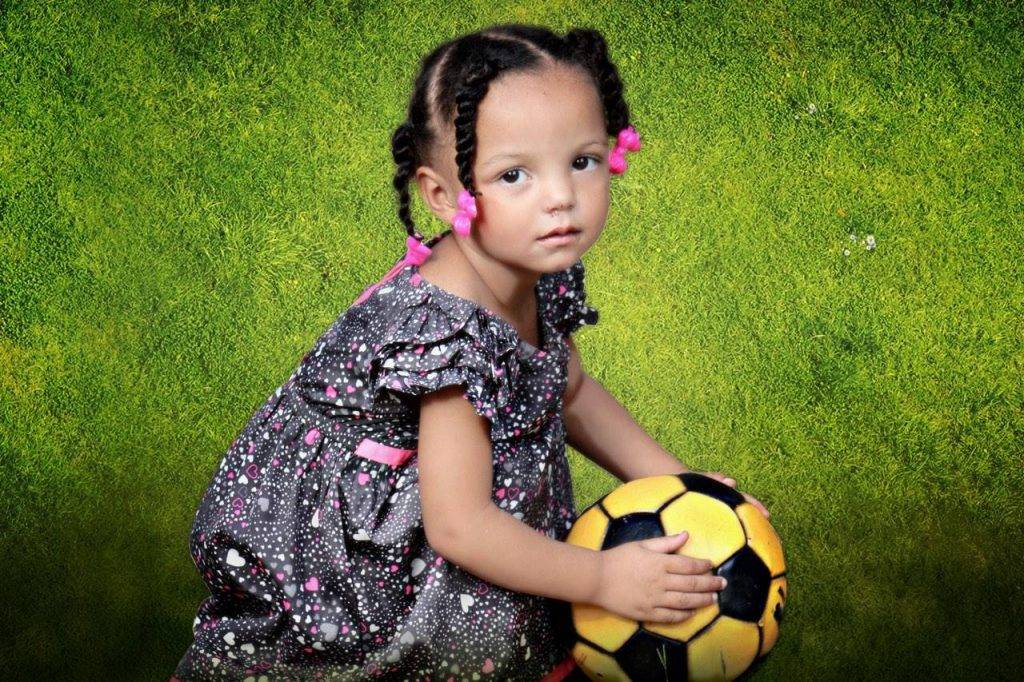Wondering if your child may have dyspraxia? Here are some signs to look out for.
Does your child have messy handwriting? Do they have trouble navigating spaces without bumping into objects or people? Is it hard for them to catch a ball or keep up with their peers on the sports field?
Your child may have dyspraxia.
What is dyspraxia?
Dyspraxia, also known as Developmental Coordination Disorder, is a condition that affects the gross and fine motor skills.
Gross motor skills are those that involve movement of large muscles and muscle groups in the body. Activities such as riding a bike, running and jumping are good examples.
Fine motor skills involve movements of small joints and muscles, such as those in the wrists and fingers. Activities include catching a ball, writing and doing crafts.
With dyspraxia, a child’s motor planning and coordination abilities are often both affected.
Dyspraxia can make it very difficult for children to perform everyday tasks, keep up with lessons in class and get their homework and classwork done on time.
Signs of dyspraxia
Dyspraxia manifests in different ways during the different stages of development.
Preschool years
The common signs of dyspraxia in children up to age 5 include difficulties with:
- Throwing and catching a ball
- Holding and using utensils
- Pedaling or steering tricycles and bikes with training wheels
- Self-care routines, like getting dressed and brushing their teeth
Elementary school years
As children get older, dyspraxia can start to affect their learning.
Children in elementary to junior high school may experience the following difficulties:
- Holding their pencil
- Messing handwriting
- Writing down notes
- Drawing simple 3D figures
- Playing sports
Teenage years
As children reach high school, dyspraxia can start to significantly affect their learning and school grades.
Children up to age 17 may experience difficulties with:
- Typing
- Sports, especially those requiring hand-eye coordination
- Understanding complex 3D shapes
- Understanding visual-spatial concepts such as those necessary for geometry, trigonometry and similar math subjects
SEE RELATED: Vision Development and Milestones
For more information about how to recognize dyspraxia and how it can be treated, contact an eye doctor near you.
Visual signs of dyspraxia
Though dyspraxia doesn’t cause refractive errors such as astigmatism or myopia, it can still have a negative effect on how your child sees the world around them.
Some of the ways dyspraxia can affect vision include:
1. Poor visual-spatial awareness
Visual-spatial awareness refers to a person’s awareness of their position within a space in related to surrounding objects.
Dyspraxia often results in difficulties navigating the surrounding space without bumping into things or knocking things over.
Dyspraxia often causes inaccuracies in the way visual-spatial information is mapped and understood within the brain.
2. Visual processing issues
Dyspraxia can disrupt the visual information coming to the brain from the eyes, causing issues with visual processing.
Because of this disruption, the brain sometimes has to be selective with the information it considers, causing certain things to be ignored or missed.
This can can affect reading fluency and comprehension, as it causes skipping of words and thus confusion of text.
3. Visual tracking problems
Dyspraxia causes poor control over fine movements throughout the body, including those of the eyes.
Poor eye control can result in jerky eye movements.
This lack of fluidity in eye movements can result in problems with visual tracking of objects moving across a person’s field of vision. It can also make reading difficult, as the eyes jump from word to word rather than moving smoothly from one to the next.
These ‘eye jumps’ often cause the reader to overshoot or stop short of the target words, causing loss of place or skipping of words, and thus poor comprehension of text.
4. Difficulties with hand-eye coordination
Eye movement difficulties combined with poor fine motor control can make proper hand-eye coordination nearly impossible.
Reduced hand-eye coordination can make everyday tasks significantly harder than usual.
People with dyspraxia often display poor handwriting, difficulties fastening buttons and getting dressed, problems holding silverware, and trouble participating in fast-paced games and sports, such as basketball, tennis and racquetball.
Treating dyspraxia with vision therapy
Vision therapy is an evidence-based treatment regimen aimed at strengthening the connection and coordination between the eyes and the brain.
It involves both in-office and at-home eye exercises specially prescribed by your eye doctor according to your specific visual needs.
To improve vision problems associated with dyspraxia, your eye doctor will prescribe a vision therapy regimen to strengthen your functional vision, as well as your visual processing skills.
LEARN MORE: Guide to Visual Development
If your child shows any signs of dyspraxia, schedule an appointment with an eye doctor near you.
Dyspraxia can make it difficult for children to perform everyday tasks, keep up with lessons in class and get their homework and classwork done on time.
An eye doctor experienced in children’s vision, can offer a range of successful solutions.








